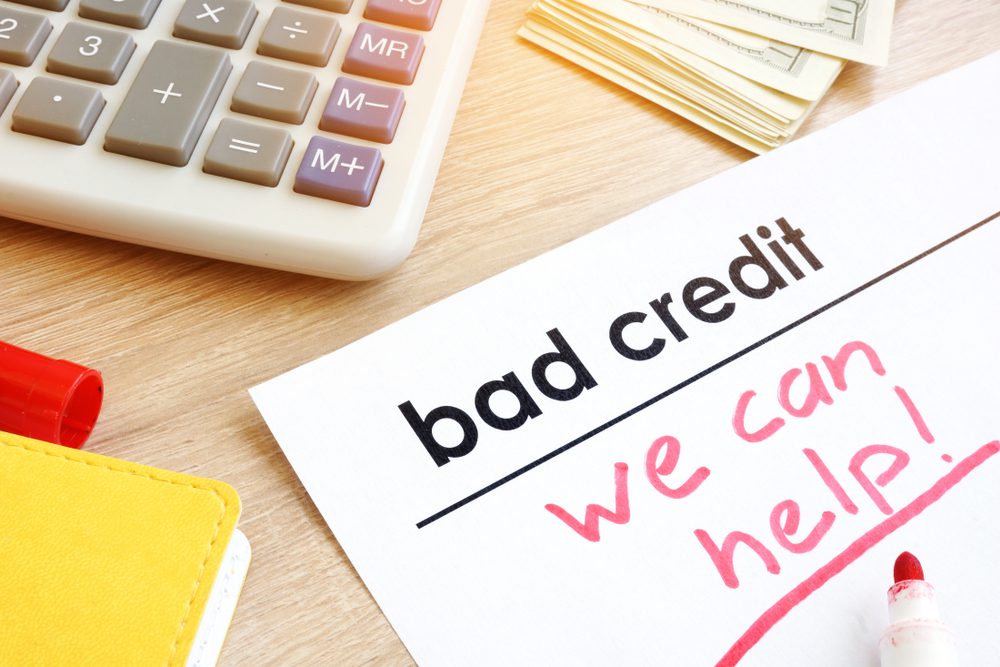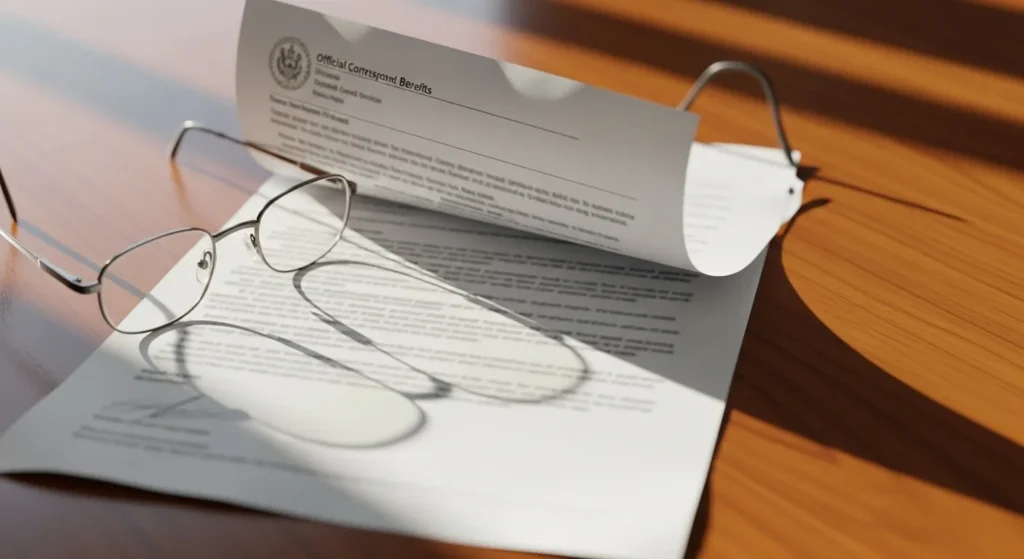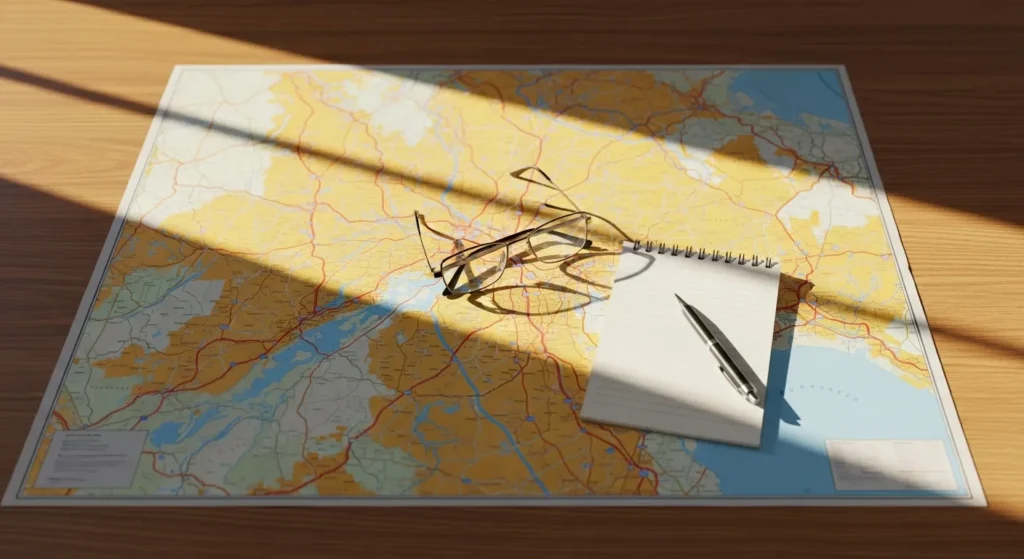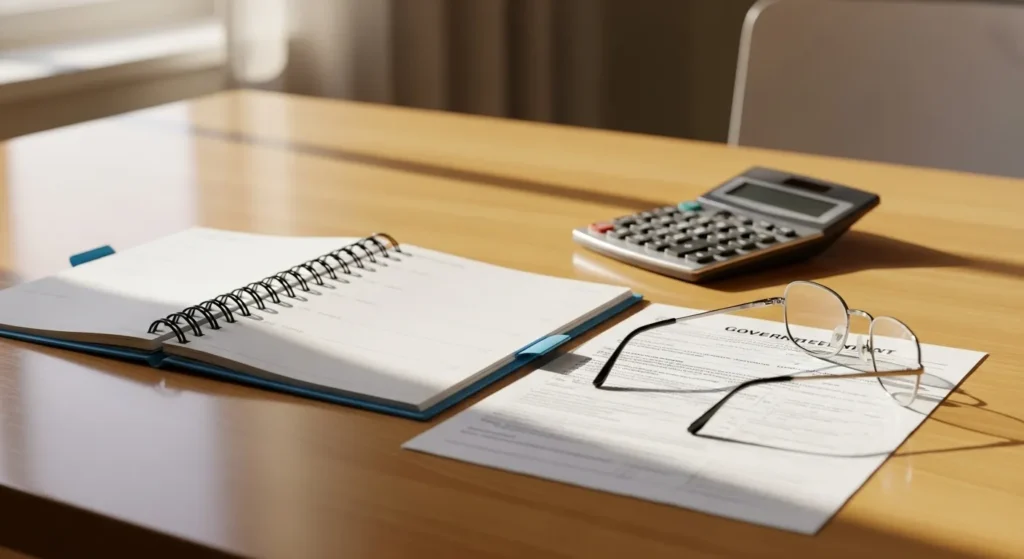
What can be more demoralizing than a poor credit score? With FICO scores ranging between 300 and 850, your aim should always be to sit at the far end of the spectrum. Easier said than done, we all know this. Nevertheless, it’s something we should all aim for.
If you’re in a particularly difficult financial situation you might think that only a miracle could help you out of a bad credit score. But that’s not always the case. Most of the time, small consistent decisions can help you out of a bad spot.
Is your credit score around 500? If the answer is yes, then click through to find out what you can do in order to improve it- after all, so much of your life is tied to your credit score that not bumping it up could be a disservice to your future self.
1. Make Payments on Time
What’s the first thing lenders review before approving your credit? Your payment history. That means that this is your chance to make a good first impression. By making payments on time shows lenders that they can trust you and they won’t have to be nervous about not getting their money back.
We know, this isn’t always easy. But setting up automatic payments can help. That way you won’t even have to remember to make payments as they’ll go through while you’re busy doing something else.
This will also help you make them a priority so that you won’t find yourself without enough money at the end of the month for payments.
2. Keep Your Credit Utilization Ratio Low
Maxing out your credit card is a possibility. But just because it’s within reach doesn’t mean you should do it as lenders are a bit anxious about people that do.
The lower your credit utilization ratio, the better. This is calculated by dividing your total credit card balances by your total credit limit. Your aim should be below 30%. It might sound difficult, but it’s really not. Here’s how you can lower yours.
Keep a low credit balance while paying off existing debt. You can also piggyback on the credit account of a responsible user to help!
3. Pay Down Existing Debt
This is the big one that people think is the most difficult step- and don’t get us wrong, we agree that paying down debt is difficult. But it’s not impossible, and if you’ve tried and failed then it’s time to look for new methods of doing so.
You can either start with paying off the credit card with the highest interest first in order to get it over with sooner- this is known as the avalanche method. Alternatively, you could try the snowball method in which you’ll pay off the card with the smallest interest rate first and work your way up.
Either way, you’ll make things easier for you in the long run if you try out either of these methods.
4. Avoid Using Your Cards With a 0 Balance
This is a two-in-one tip. If you have a credit card with a 0 balance, don’t touch it. These accounts can be used to improve your credit score, so don’t use them for purchases. Let them help you out without you having to lift a finger!
By restraining yourself you’ll spend less money. The next time you feel like buying something you’ll remember this rule and stop, think twice about a purchase and walk away. By doing so you’ll have more money to spend on paying your debts.
That’s how avoiding those cards with a 0 balance can help. Even inaction works out great!
5. Create a Budget
This is probably one of the most unattractive steps when it comes to fixing your credit score. Budgeting is not easy, we know. But is it impossible? No!
Here’s how budgeting helps. It’ll give you an idea of what you can or can’t afford while separating your needs from your wants. The more you budget the more you’ll be able to spot a financial overreach from miles away, making you avoid it.
Nowadays you don’t necessarily have to make a confusing spreadsheet to help you out, though you’re more than welcome to try. Instead, you can use a budgeting app such as Mint, Goodbudget, and Wally!
6. Don’t Open Unnecessary Credit Cards
Did you know that every time you apply for new credit, that application will show up on your credit report? That’s why it’s not ideal to do it too often as it may be something that lenders will look at with skepticism.
First of all, the more credit cards you have the more likely you are to overextend funds, which could ruin your credit score. On the other hand, you can raise your credit score by displaying responsibility and commitment to the credit you already have.
So, the next time you think it’s time to apply for new credit, ask yourself if it’s really necessary.

7. Diversify Your Debt
All types of loans and credit cards are taken into account when calculating your credit score. Let’s say that all your credit is with major department stores. That’s not a good thing as far as lenders are concerned.
It’s good to aim for a mix of credit, just to stay on the safe side. Retail accounts, installment loans, mortgage loans, finance company accounts, and, of course, credit cards!
The more you mix, the better your credit score will look. Less variation will reflect poorly on your score, even if it may sound counterintuitive to diversify your debt.
8. Safeguard Against Identity Theft
When it comes to identity theft, you don’t just have to worry about nefarious individuals spending all your money in your name, but you also have to think about the long-term consequences to your credit score. Thieves will max out your credit card. Obviously, those charges will never get paid but they will remain in your name.
It’s your responsibility to protect yourself from doing so by keeping a close eye on your credit report. If anyone opens a new account in your name, the activity will show up.
Furthermore, you can get help from a number of agencies specialized in identity protection. They will alert you of spending activities that look suspicious.
9. Get a Secured Credit Card
Is it time to reshape your credit history? Then consider getting a secured credit card. Here’s how they work.
They require a deposit as security which will be used in case you miss a payment. In most cases, the deposit should cover those payments for you while also acting as a credit limit.
You’ll still keep the same flexibility as with an unsecured card, but you’ll have something to fall back on in case you step astray in terms of missed payments. Use these to gain trust with lenders so that you can later ‘graduate’ to getting an unsecured credit card.
10. Dispute Any Mistakes on Your Credit Report
If you’ve just looked at your credit report and something seems amiss, you’d be well within your right to dispute any mistakes thanks to the Fair Credit Reporting Act. Use this to your advantage and you could save your credit score.
According to the Fair Credit Reporting Act, “Inaccurate, incomplete or unverifiable information must be removed or corrected, usually within 30 days.” You have to report any mistakes and make your argument by writing a formal letter, but there are plenty of templates you can look up online if you’re unsure where to even begin.

Is All of This Effort Worth It?
Absolutely! Nobody wants to lend money to anyone else without the security of getting their money back. Your credit score will prove to lenders that you are a financially responsible individual, which comes with perks.
For example, by having a credit card you can stop paying cash for everything. This may not sound like much until you remember there are some services for which you will need to pay a deposit if you’re paying with cash, such as renting a car. You’ll also get a higher credit limit, lower insurance rates, and avoid constant harassment from collectors, to name a few other perks.
So, are you ready to improve your credit score?
You might also like:
8 Easiest Ways to Improve Your Credit Score










